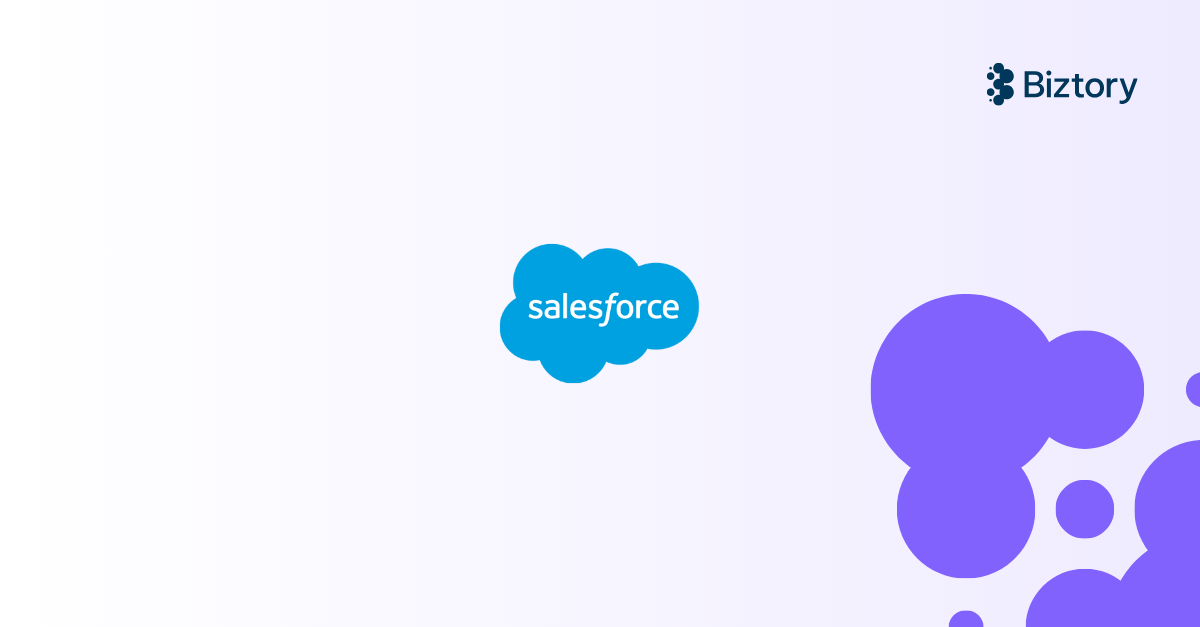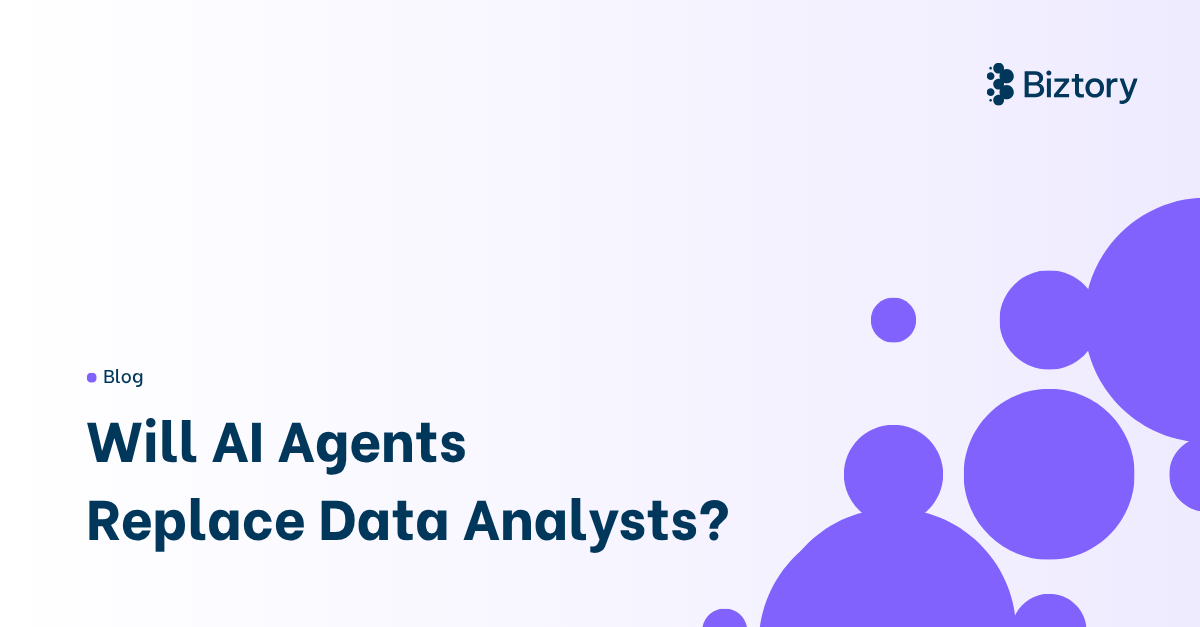Two Tableau Desktop training courses down, one to go. If you want to read about the second course, read last week's post here. Are you ready to take the last step in your formal Tableau Desktop training? Are you ready to apply all that you have learned in order to take that step and become a true Tableau Jedi Master?

Lets take a closer look at what lies in front of you:
Tableau Desktop III: Advanced.
As before, we are going to look at:
- Who is the course aimed at?
- What does the course cover?
- How long does it take?
- Are there any pre-requisites?
Part 3 of the Tableau training programme is Tableau Desktop III: Advanced. This course is aimed at the advanced Tableau user. Somebody who wants to push Tableau to do amazing things, exceptionally complex calculations and building techniques to help you create innovative analyses and dashboards. We look at how to get the most out of Tableau Desktop, applying calculations to real world scenarios and the question many Tableau Desktop users ask; when to use a table calculation, an LOD or a calculated field, or even when they are combined or overlap.
Like the first 2 Tableau Desktop training courses, this too is very hands on and interactive. You will be taken through specific examples around analysing time, geographic and survey data to artfully prepare and organise your visualisations.
Again, you still receive a comprehensive training manual with all the theory, exercises and solutions, plus a digital student resources folder containing Tableau workbooks and data sources to support the hands on activities as with the Fundamentals class.

This is an advanced level Tableau Desktop training course. The pre-requisites to attending are that you must have a deep understanding of calculations in Tableau and it is very highly recommended that you have attended AND mastered the content from Tableau Desktop I: Fundamentals and Tableau Desktop II: Intermediate courses. Upon completion you will be able to:
- Apply advanced calculations to gain additional insight into your data
- Incorporate advanced chart types into your analysis
- Apply advanced dashboarding techniques
- Use calculations, parameters, and table calculations in tandem
- Use Tableau techniques to address common business use cases
- Format your visualisations and dashboards for maximum impact
- Explore real world business scenario examples

A hexbin map is an example of a viz you will learn to create in Tableau while on this course. I remember when I took the course, that was one of the most exciting chapters for me! 2 days each for Desktop I and Desktop II, so it would be rude to have it any other way, Tableau Desktop III: Advanced also takes 2 days to complete.
There you have it. The formal Tableau Desktop training program, explained and dissected for you. If you have any questions, want to learn more and hear about how to sign up? Contact us today and we are more than happy to help.
What now? I have done all the training, how do I become a Tableau Jedi? Next week we reveal the extra steps you need to go through to achieve that gold standard!

Read more blogs in this series:
1. How can I become a Tableau Jedi?
2. From Jedi Initiate to Padwan - Tableau Desktop Training: Fundamentals
3. Progressing to Jedi Knight - Tableau Desktop Training: Intermediate
4. Your final Tableau Jedi Training - Tableau Desktop Training: Advanced
5. The missing piece of Tableau learning to become a Tableau Jedi Master
6. Tableau Server Training - the Dark Side of the Tableau Force


